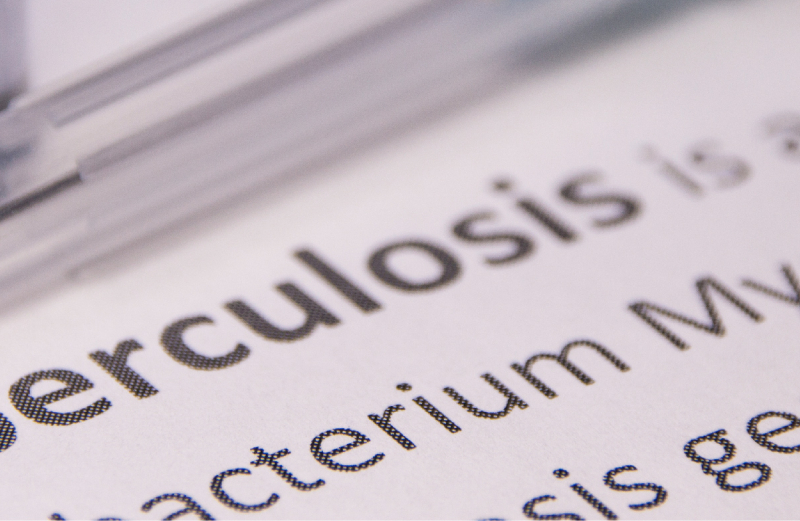Fostering Alignment between the SATBHSS and TIMS

TB in Mines in Southern Africa (TIMS) programme emerged from a recognized need for a regionally coordinated response to the issue of Tuberculosis (TB) and related illnesses among mineworkers, ex-mineworkers and their families and communities. The programme began in January 2016 focused on developing infrastructure, processes and systems as part of a regional initiative to address the TB burden. Participating countries are: Botswana, Lesotho, Namibia, Malawi, Mozambique, Tanzania, South Africa, Swaziland, Zambia, and Zimbabwe. The programme focus areas are (i) TB Care & Prevention (ii) Health Information & M&E (iii) Community Response and Systems (iv) Programme management. TIMS 2 which comes to an end on 31 December 2020, covers the period 2018 to 2020. A new Funding Request covering the period 2021-2023 which builds on the achievements and takes into account challenges faced by TIMS 2 has been submitted to the Global Fund.
To ensure alignment, mechanisms are in place to avoid duplication and ensure complementarity of interventions between the SATBHSS and the TIMS Initiative, regular information sharing and joint planning between TIMS and SATBHSS have been maintained. The two programmes continue to attend each other’s coordination forums – The Regional Coordinating Mechanism (RCM) and Regional Advisory Committee (RAC). The 10 countries supported by TIMS also continue to attend the Committee of Practice meetings supported by SATBHSS as well as the Regional M&E Technical Working Group (TWG) established under TIMS programme.
Progress made in implementation of TIMS 2 as follows:
Occupational Health Service Centres:
The OHSCs provide TB and other occupational health services mainly targeting ex-mineworkers and those found with TB and/or silicosis and worked in the South Africa mines are linked to the Medical Bureau of Occupational Health (MBOD) for compensation. The tableS below shows the results for mineworker screening to those compensated. A low % of compensation claims are paid due to incomplete documentation.
OHSC and CSO activities resumed in June 2020, with a focus on re-orientation and re-training of OHSC and CSO staff vis-a-viz, business continuity under COVID-19. Most OHCS except for Kibongoto (Tanzania) and Kitwe (Zambia) were closed for most of the quarter as they were deemed to be non-essential services .All centres reopened in June most of the time was spent preparing for operations under the new normal i.e. training, procurement of additional PPE and supplies to enable them operate safely. Of the 95 TB patients diagnosed, 85 were miner/ex-miners, 8.3% TB yield. Efforts to set up transition planning meetings did not yield results as most NTPs were preoccupied with COVID- 19 response.
TIMS 2 also aims at transitioning the management of the OHSCs to countries to ensure ownership and sustainability. All 8 countries have established National OHSC Transition Planning and Coordination Committees (NOTPCC) to lead the transition process. Tanzania has developed a transition plan and ready to take over the management of the OHSC[1]. All countries are aware that funding for OHSCs by GF will end in December 2020 and are exploring country specific modalities for managing the centres from 2021.
TB case detection and diagnosis
TIMS 2 supporting countries to screen and diagnose TB cases among mining communities. TB screening is being done in selected districts with mining activities. TIMS also enhanced the diagnostic capacity of national programmes in the targeted districts through placement of GeneXpert in selected health facilities. Although contracting of SRs and SSRs was delayed and hence TB screening and diagnosis commenced in late 2019, 38% of the target was reached by December 2019. The screening of mining communities for TB will be strengthened in TIMS 3 through integrating regionally designed and agreed TB interventions into national TB porgrammes.
Cross Border Referral System (CBRS)
The CBRS was developed to improve continuity of TB care among mobile/migrant mineworkers. Stage 1 roll out of CBRS has commenced in 5 countries (Eswatini, Lesotho, Mozambique and Zimbabwe). 10 health facilities in each country where CBRS will be installed have been identified, IT equipment have been delivered to the NTPs and training of HCWs will commence in September 2020. Countries in stage 2 roll out are in the process of selecting 10 health facilities each where CBRS will be installed. The process for handing over the CBRS to SADC Secretariat has been agreed and the TIMS programme is developing required documentation to facilitate the transfer of servers to SADC Secretariat. This process will be completed by December 2020.
TB case finding among ASM communities
TIMS 2 is supporting mobile outreach clinics to provide TB screening and diagnosis services for ASM communities in Tanzania and Zimbabwe. Implementation of this interventions faced delays due to late identification of sub-recipients. The mobile clinic van has been procured for Tanzania and the process for procuring for Zimbabwe is on-going.
Removal of human rights and gender barriers
Timely implementation of activities under this module was also affected by the delay in selection of SRs. Progress made so far include the design and implementation of SpotTB CLM tool in 5 countries - Botswana, Malawi, Tanzania, Zambia and Zimbabwe. Data from this tool has been disseminated to TB managers to address issues identified. In addition, in 2019, 77,806 and by August 2020, 145,819 people were provided information on TB and Occupational Health activities.



